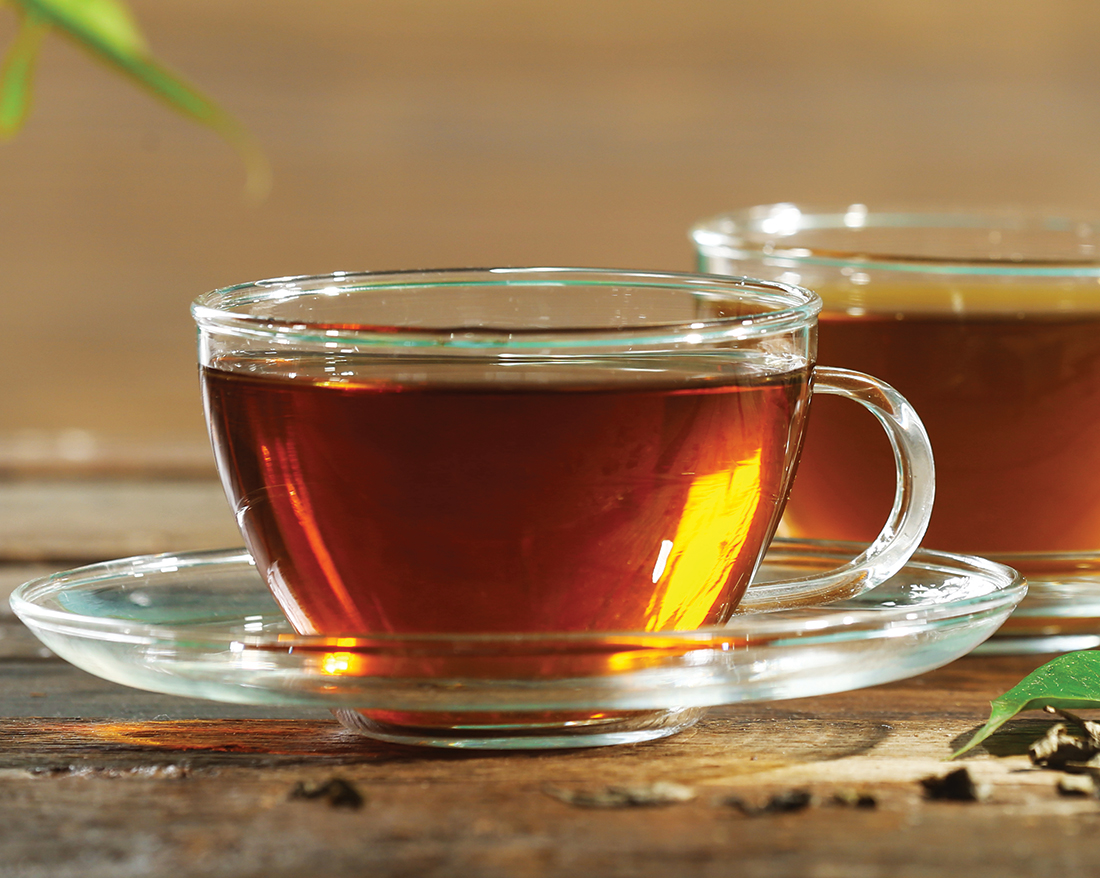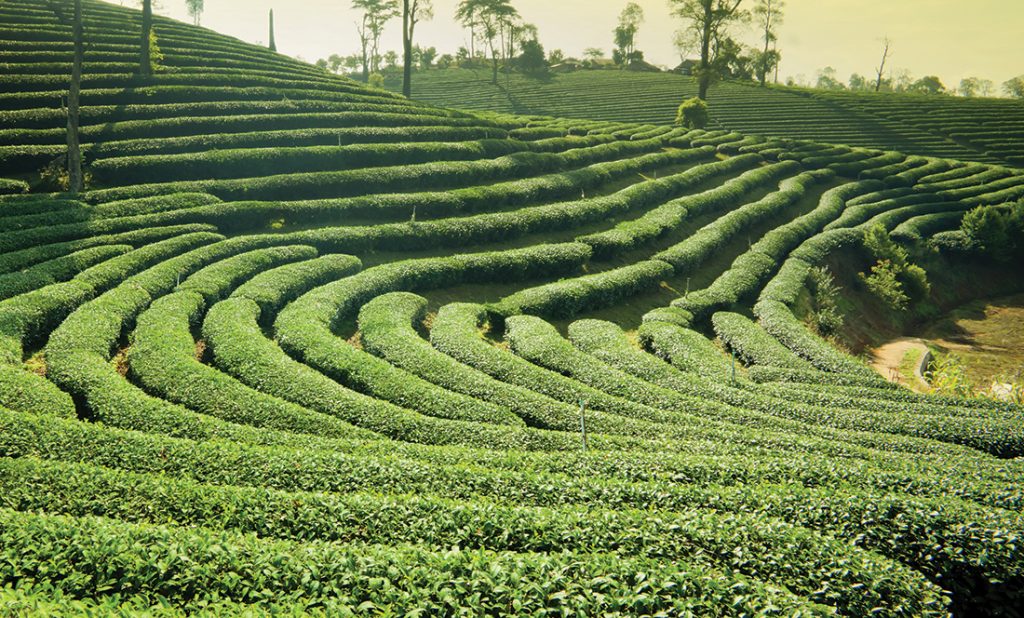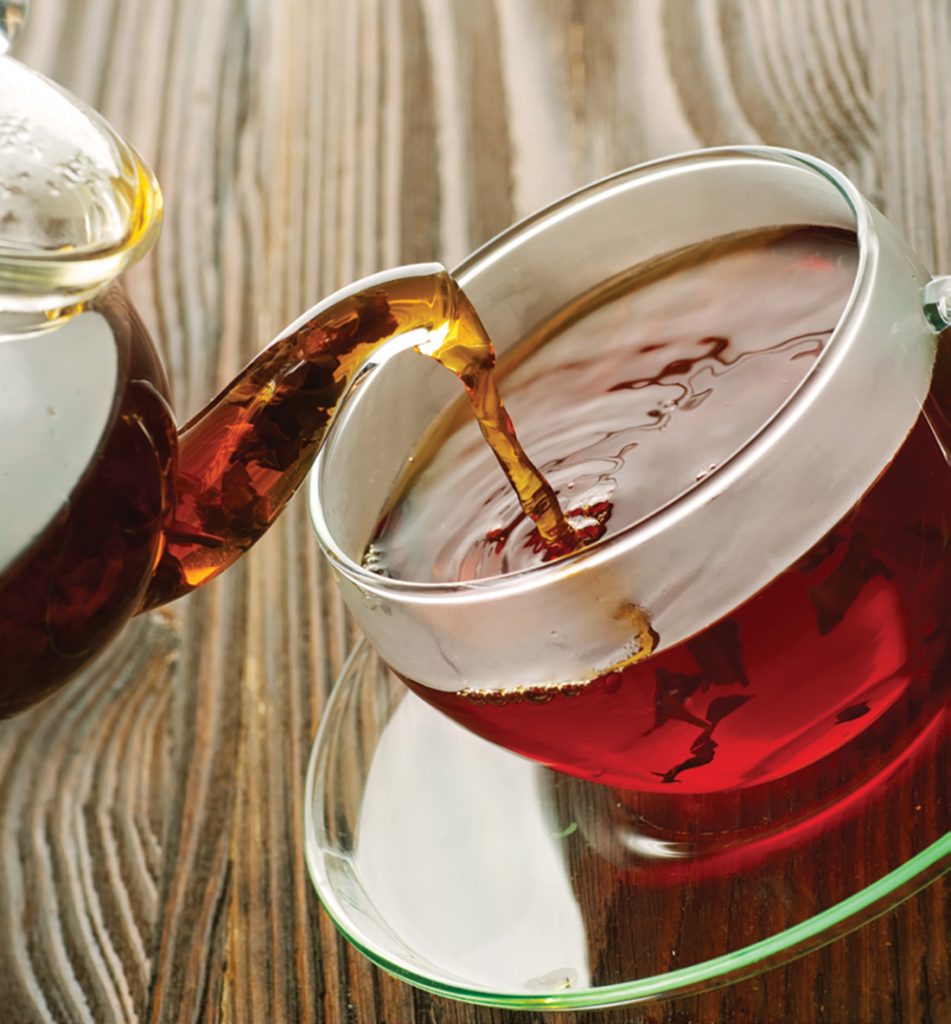
Tea is more than just a calming beverage — it contains ingredients that can boost various aspects of your health. A good cup of tea is not only pleasing on the palate, it also has therapeutic properties. Tea contains flavonoids such as catechins and flavonols, as well as the amino acid L-theanine. These have the ability to boost the immune system, strengthen the bones, promote relaxation and induce sleep.
Tea leaves also contain fluoride. While fluoride has health benefits, too much of it puts you at a higher risk of bone and dental decay. Artisanal blends of tea have less fluoride than economy blends, say researchers from the University of Derby.
When it comes to selecting tea, its provenance is as important as where and how it is processed, advises Nirmal Sethia, founder and chairman of Newby Teas, which is 49% owned by the Sethia Foundation, a UK-registered charity. “Tea is like a beautiful woman; it should be judged not for its appearance, but for its character, the family from which it came, [where it] was ‘trained’ and preserved,” he says.
Pick of the crop

Good tea, adds Sethia, cannot be made from poor-quality leaves. The timing of the harvest influences its taste. Spring and summer is when tea is in its prime and full of character.
Picking style is one of the determining factors of tea quality. Imperial picking includes the bud and only the first leaf below; fine picking harvests the bud and first two leaves. Newby’s fine teas are produced from only these two methods.
Tea is best grown in slightly acidic soil. Quality teas are usually from estates located 1,220m above sea level and higher, where the temperature is around 21°C during the growing season, which lasts at least eight months of the year.
Whatever the type of tea that has been picked, they all follow a similar process. After plucking, tea leaves are dried in long trays for 18 hours to remove the moisture and facilitate biochemical alterations that give tea its character — this process is known as withering. In the next step, disruption, the leaves are bruised or torn to release chemicals that kickstart the next step: oxidation. In this step, the leaves are spread on trays in cool, airy rooms and allowed to darken, thanks to the release of tannins. This helps develop the aroma and flavour of the tea. When the preferred flavour for that particular tea is achieved, oxidation can be stopped in the drying step, which usually takes place in ovens. Finally, the leaves are sorted according to size. Of the six classes of tea, five undergo oxidation; when it comes to pu-erh tea, fermentation applies.
Humidity and temperature need to be controlled during preservation for the right conditions to deliver the flavour of all teas. Tea also has a tendency to pick up moisture during the blending and packaging process. As this downgrade the character of the tea, the leaves need to be stored in an environment where humidity is kept at an optimal level.
Steeped in history

That the Japanese and Chinese have a great respect for tea drinking is not surprising, since the practice reportedly has its roots in the Far East. Tradition has it that the beverage was discovered in 2737BCE by Chinese emperor and herbalist Shen Nung, when dried leaves landed in his cup of boiling water. From China, the practice spread to Japan during the Song dynasty. It was introduced to Europe in the 16th century by the Portuguese and grew to become a popular drink among wealthy Europeans.
Tea reached UK shores following the marriage of Charles II to Portugal’s Catherine of Braganza. As Catherine was addicted to the drink, tea soon became fashionable — first at court, then among the wealthy throughout the country.
Although it projects gentility, tea has sparked wars. In the 18th century, Britain was facing difficulties with tea supplies and imposed heavy taxes on tea exported to America. In 1773, a group of Massachusetts colonists dressed as Mohawk Indians boarded three British tea ships moored in Boston harbour and dumped 342 chests of tea into the water. Now known as the Boston Tea Party, the event was a protest against British taxation and the British East India Company’s monopoly on the trade.
In the 19th century, the British East India Company started tea cultivation in India because it lost its tea monopoly due to the Opium Wars in China. Between 1830 and 1835, 20,000 tea plants were brought into India from China. Tea culture was at its zenith in the 18th and 19th centuries.
The situation today
Since the 20th century, with mass production and the invention of the tea bag, there has been a steady deterioration in the quality of the beverage that parallels the increasing lack of appreciation of “the true value of tea”, says Sethia. This is because tea bags use cut leaf or tea dust and fannings rather than whole leaves.
Asked about the growing popularity of flavoured teas, which have fruits and flowers added to black, green and oolong tea blends, he feels it is important not to allow the ingredients to overpower the original character of the beverage.
As people become more health conscious, Sethia believes tea drinking will gain momentum again. “It’s a warm drink that’s good for the health, which you can enjoy throughout the day.” And with this, he hopes the lost art of tea will b gift from Mother Nature. e restored, with consumers paying more attention to the quality of this gift from Mother Nature.
Brewing a proper cup
When it comes to consuming the beverage, especially artisanal blends, Sethia says the Chinese and Japanese have gotten it right. To him, the Western style of tea drinking — with milk and sugar added — suppresses the natural sweetness of fine tea and strips it of its original character. When milk is added, what you get is the taste of milk, not the subtle flavour of the tea. And forget about having your tea with cucumber sandwiches and scones with strawberry jam and clotted cream — the food masks the subtle nuances of the beverage, he advises.
Tea drinking should be like a meditation on the palate, a savouring of the taste and fragrance — you have to use all your senses, all your concentration, the way they do it in Japanese and Chinese tea ceremonies. “Tea ceremonies in Japan and China hypnotise you,” points out Sethia. “You drink tea like the foremost meditation; it’s a profound culture.”
TO MAKE A PERFECT CUP OF TEA:

1. Place the right amount of tea leaves — you need one heaped teaspoon for one cup or 250ml per one-person pot. Use two heaped teaspoons of tea leaves if you are adding milk to the tea.
2. Add water that is of good quality and of the right temperature: boiling water for black, pu-erh, oolong and herbal teas; and water that is between 70 and 80°C for green and white teas.
3. Brew black, pu-erh and oolong tea for three to five minutes; green and white tea for two to three minutes; and herbal tea for five minutes.
4. Store tea properly in airtight containers and away from heat, humidity and strong flavours such as spices to prevent contamination.







